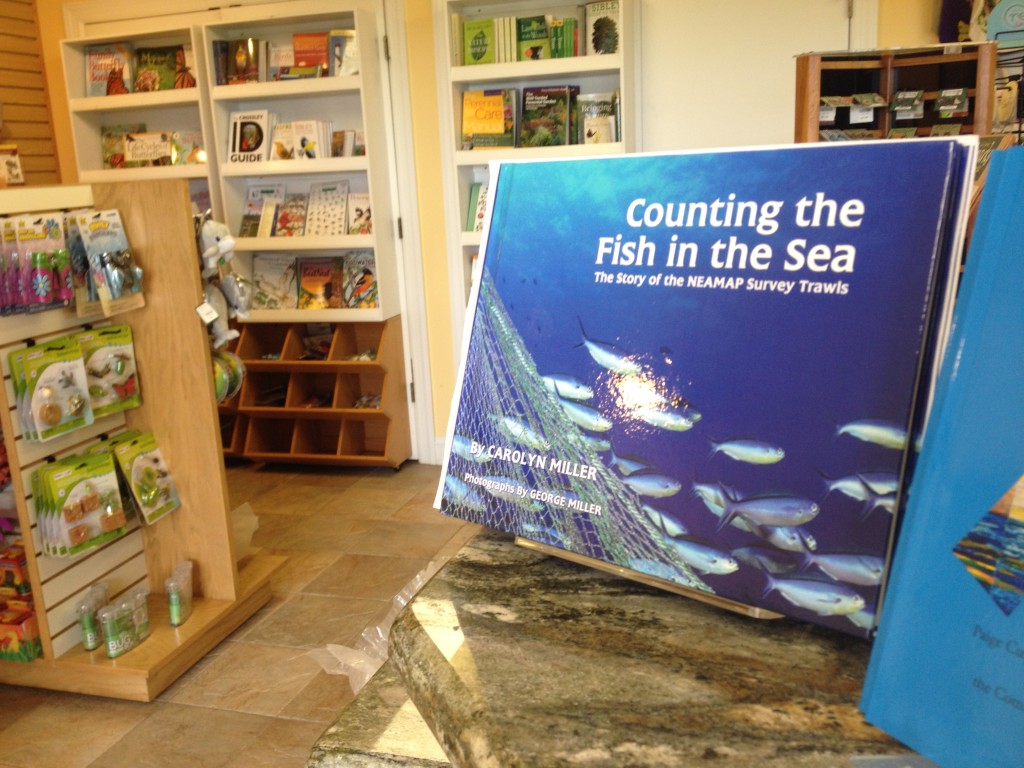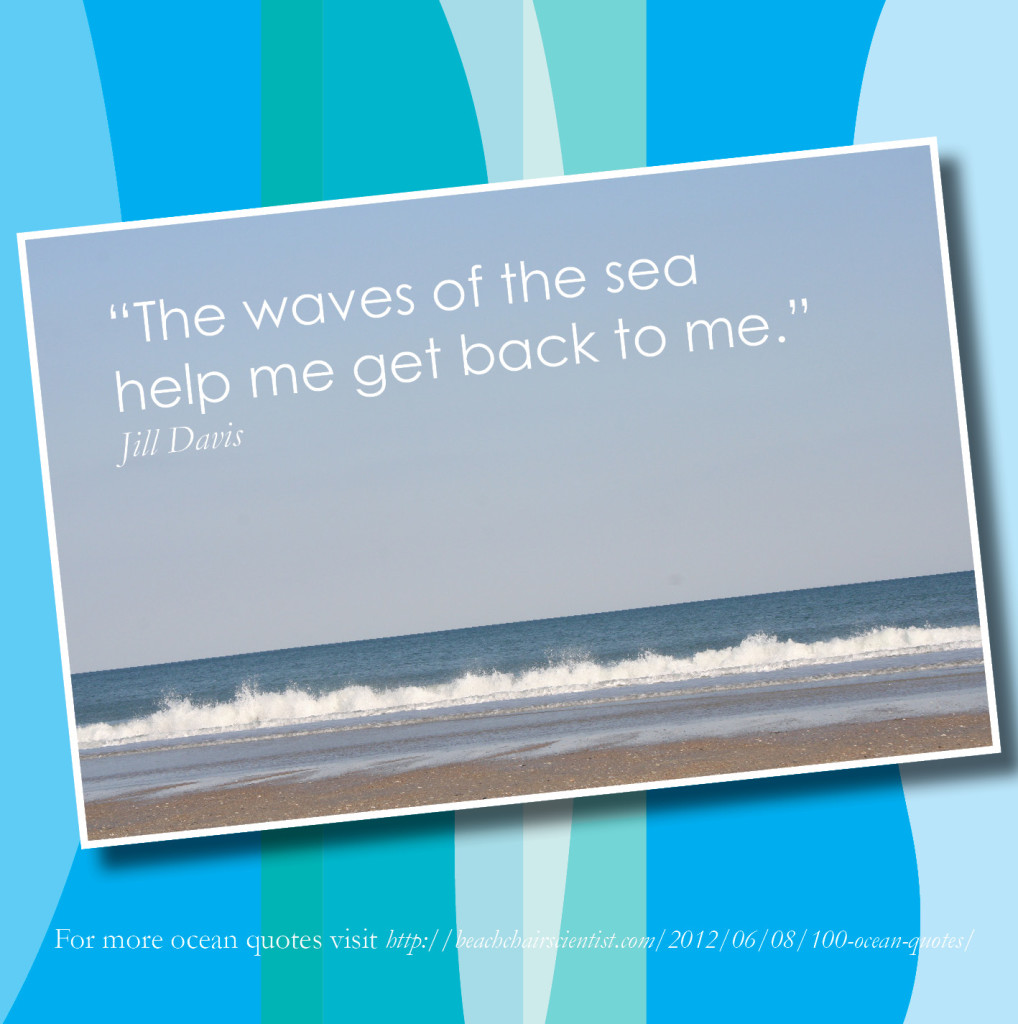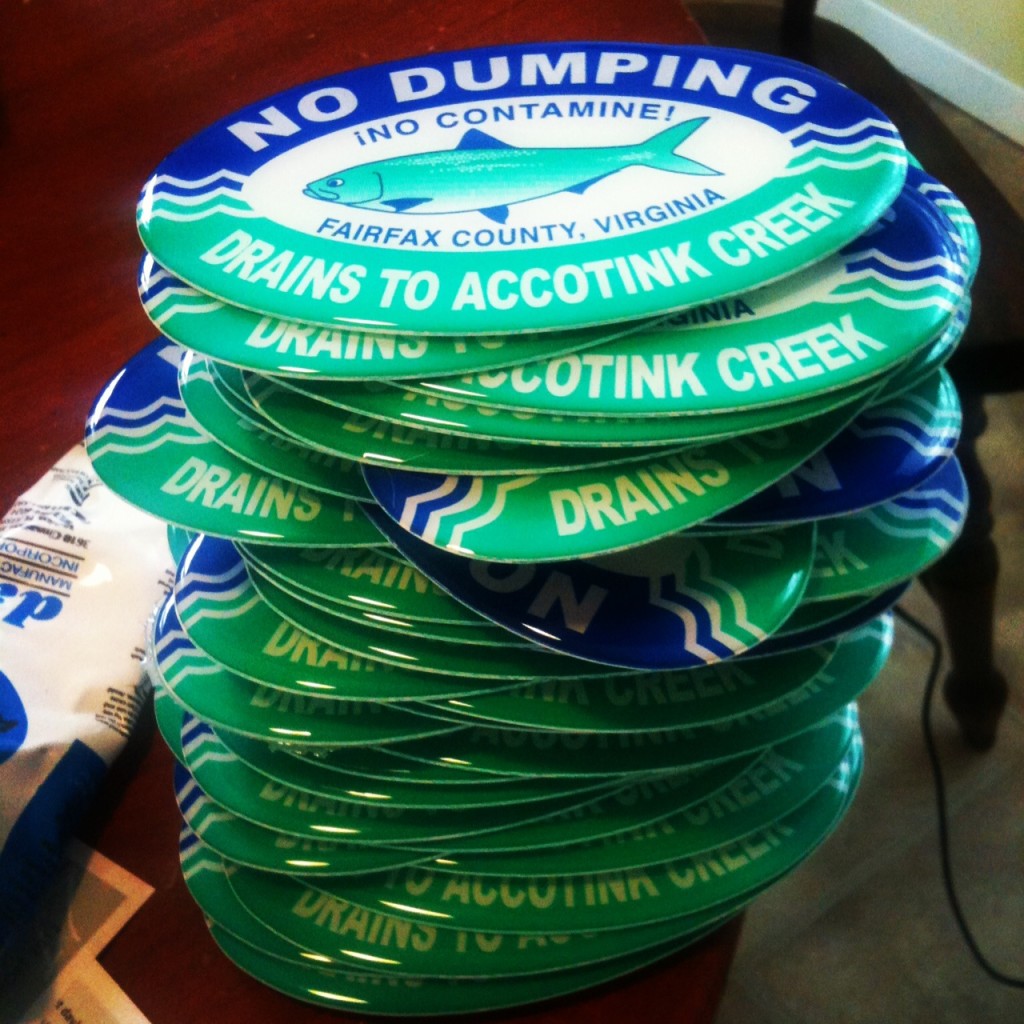Still looking for that perfect gift for a certain little one? I have to admit I am the aunt that likes to wrap up books (yes, and usually one of these ocean-themed children’s books). However, in the spirit of the giving during the holiday season, and in watching little eyes twinkle, it’s fun to also wrap a little something extra. Here are five gift ideas for inspiring a love of the ocean in the next generation:
 1. Stuffed horseshoe crab (pictured) from the Partnership of the Delaware Estuary, Inc. Shop: It’s a steal for just under $13! Over the years I have managed to acquire a lot of these and with that my four-year old now thinks horseshoe crabs are cuddly and cute and isn’t intimated by them when she sees them along the coast. She even brought this into preschool for the letter “H”! Proceeds help the Partnership for the Delaware Estuary, Inc.
1. Stuffed horseshoe crab (pictured) from the Partnership of the Delaware Estuary, Inc. Shop: It’s a steal for just under $13! Over the years I have managed to acquire a lot of these and with that my four-year old now thinks horseshoe crabs are cuddly and cute and isn’t intimated by them when she sees them along the coast. She even brought this into preschool for the letter “H”! Proceeds help the Partnership for the Delaware Estuary, Inc.
2. Polar Bear from Vermont Teddy Bear: I hear this bear loves warm hugs! “He’s made of super-soft and cuddly, long white fur and his adorable, long Polar Bear snout features a realistic nose.” Made in the USA.
3. Coastal inspired linens and clothes from Wish Kingdom: Wish Kingdom is made from the finest cotton fabrics and trims. All items are pesticide and formaldehyde free. Each applique’ is cut and sewn by hand, so no two are alike. Made in the USA.
4. Match stacks game – sea things from Abe’s Market: “Even toddlers who are too young to play a memory game will love matching and stacking the shapes and vibrant colors while exploring and enriching their vocabulary.” Made in the USA.
5. Ocean Discovery Box from Green Kid Crafts: “Our entire family got in the fun to play pin the tail on the whale. It was hilarious! So thankful for the memories you provide.”
H ere are some gifts for the big kids that love the ocean, too.
ere are some gifts for the big kids that love the ocean, too.
1. Barbados natural rope sandals (pictured) from Gurkees: Who knew they’d make great beach walking shoes in West Virginia? Not only that, but there is also some fun candles, belts, and keychains.
2. Custom map and nautical chart jewelry and accessories from Chart Metal Works: Need I say more? Well, it can get better … the products are made in Maine. Definitely a gift to be treasured!
3. Long time, no sea pillow from Uncommon Goods: Handmade from recycled materials and completely on sale.
4. Mermaid bottle opener from Waypoint: I mean, what’s not to love? It looks like it was found during a shipwreck expedition! It’ll make a great story for anyone.
5. Seashell planter from Ten Thousand Villages (fair trade retailer since 1946) : “Spiraled seashell in creamy ceramic holds a cascade of vines or flowers. Handcrafted in Vietnam.”
 6. Sportsman sunglasses from Randolph Engineering: “Designed for the outdoor enthusiast, this extremely durable frame stands up to harsh conditions in high style.” Made in the USA.
6. Sportsman sunglasses from Randolph Engineering: “Designed for the outdoor enthusiast, this extremely durable frame stands up to harsh conditions in high style.” Made in the USA.
7. Sea of love poster (pictured) from Uncommon Goods: Printed on 100% recycled newsprint paper, this 12 x 18 inch print features 12 hand-drawn illustrations and a message of love and is a great gift for the couple that loves to spend time at the ocean. Made in the USA.
8. Taps, tees, pint glasses and a whole lot more from the Dogfish Brewing Company: It’s an idea for the beer girl or guy on your list. And, why not toss in one of these nifty ice buckets from Mr. Ice Bucket made in New Jersey for over 50 years. I’m sure there is a ton of great stuff from your local brewery or winery as well.
9. Food, food, food from the Fresh Lobster Company, LLC: Yum, yum, yum in the tum, tum, tum. Corny, but need I say more? I live in Virginia and am so grateful for every opportunity to travel to the coast for fresh seafood … a gift where it was delivered to my door would be amazing! Shipped from sunny New England.
10. Beach to boat tote from Skipper Bags: Gorgeous, multipurpose bags with lots of great options and colors. I think there is even a code to save on shipping. Fill it with some beer or wine and you have a great hostess gift if you’re traveling over the holidays. Made in the USA.
























What people are saying …